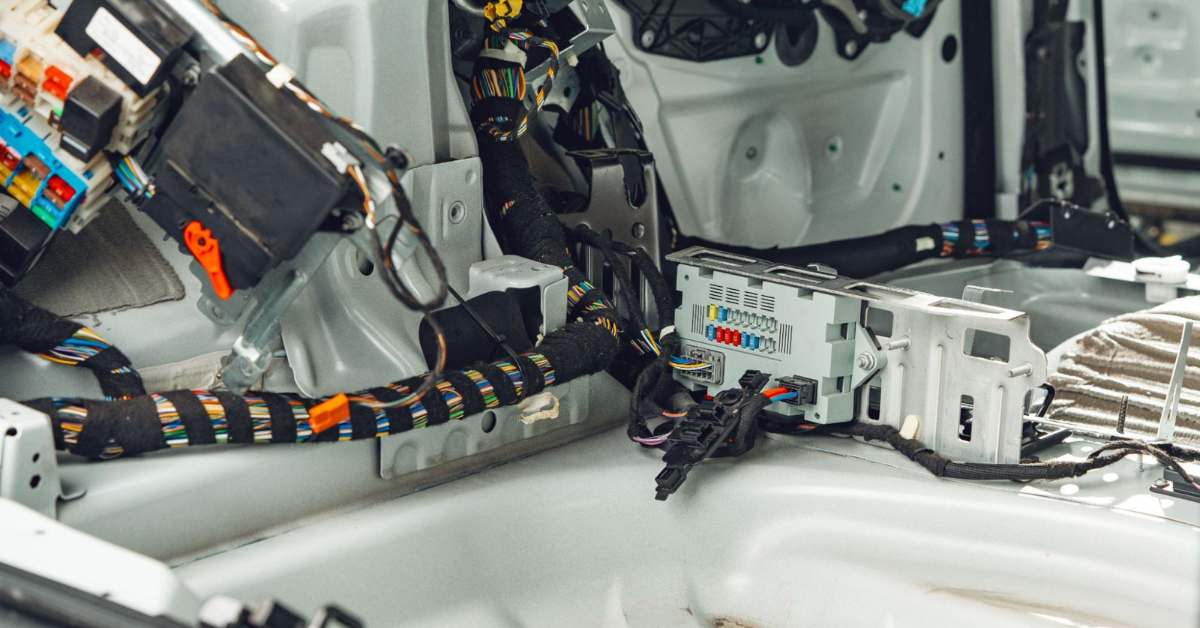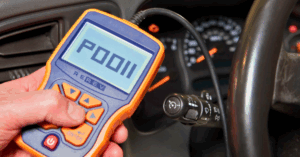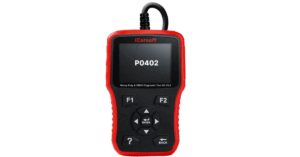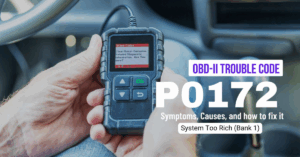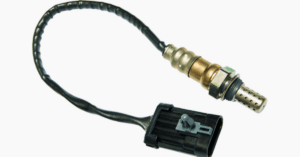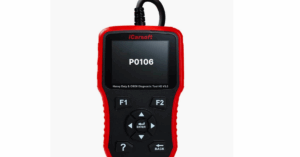The P0700 code is a generic, informational alert often found in modern vehicles that are equipped with automatic transmission systems. This code is triggered when the transmission control module (TCM) detects a fault and begins communicating the issue to the powertrain control module (PCM). While it doesn’t identify a specific problem, it points toward deeper trouble within the control system. When the MIL (malfunction indicator lamp) is illuminated, you may experience poor gas mileage, erratic shifting, or even a sudden stall. These signs are often present when the control modules detect unusual activity or disrupted gear performance.
By hooking up a proper scan tool, the stored data from the engine and transmission helps in diagnosing what truly determines the fault. The TCM monitors and controls how the transmission and engine run together, so understanding the interaction between these modules is key. When such problems appear, a detailed scan provides insight into the exact issue for that particular model, helping to trace the root cause with accuracy.
What Does the P0700 Code Mean?
The P0700 code is a sign that the transmission control module (TCM) has detected something wrong in the transmission system and has sent that data to the powertrain control module (PCM). The TCM constantly monitors critical sensors like the throttle, motor speed, output shaft, and even the actuators controlling transmission controls. Once a fault is found, the module will trigger the warning. Though the engine control module and TCM are separate modules, they’re associated by default and communicate over a high-speed CAN bus to expedite reaction time. Depending on the OEMs and vehicle platforms, these modules might differ slightly, but their job is always to work together and maintain proper system operation.
What are the Symptoms of the P0700 Code?
Illuminated Check Engine Light
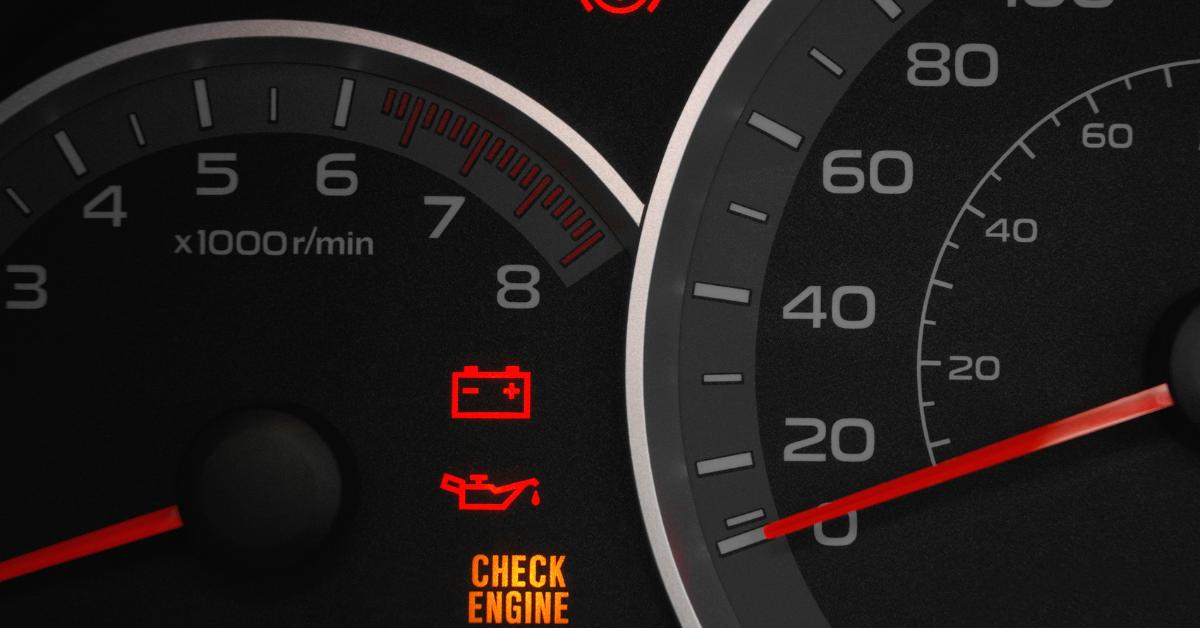
The check engine light is often the first sign that something is wrong. When the P0700 code is present, this light becomes illuminated on the dash. It’s a warning from the vehicle’s computer system that a fault has been detected. You’ll need to scan for other P07XX codes to identify the actual issue.
Activated Fail-Safe Mode
When the fail-safe mode is activated, the car limits performance to prevent damage. This feature is controlled by the onboard computer, which minimizes risk by altering transmission behavior. It changes shift patterns, RPM, and load conditions. The goal is to keep the vehicle running safely despite the fault.
Hesitation and Gear Shift Problems
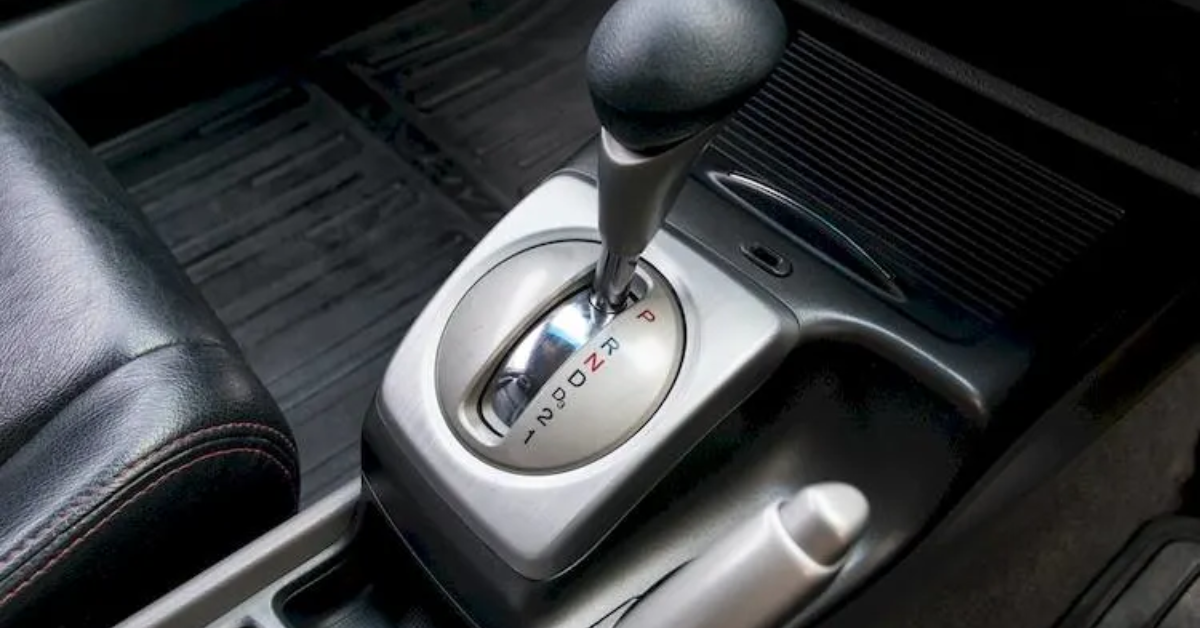
Drivers may feel hesitation or a slow response while changing gears. The P0700 code affects how the transmission communicates, causing inconsistent gear transitions. These symptoms show that the vehicle isn’t shifting as it should. This might lead to a broad range of drivability issues.
Stalling and Rough Driving
One common symptom is unexpected stalling, often followed by rough driving. These signs suggest that the engine and transmission aren’t working in sync. The computer might be trying to compensate for errors by adjusting performance. Such behavior should not be ignored, as it can worsen quickly.
Decreased Fuel Economy
Another noticeable symptom is decreased fuel economy. You might observe a reduction in gas mileage, especially during city driving. Because the system isn’t operating efficiently, more fuel is consumed. This links directly to how the fail-safe system affects driving performance.
What Causes the P0700 Transmission Code?
Defective Shift Solenoid
One of the most common problems is a defect in the shift solenoid. This part helps regulate fluid movement in the transmission for smooth gear changes. A malfunction here can affect signal timing and lead to the appearance of the P0700 code. It falls under the general designation of solenoid-related failures.
Short or Open Circuit
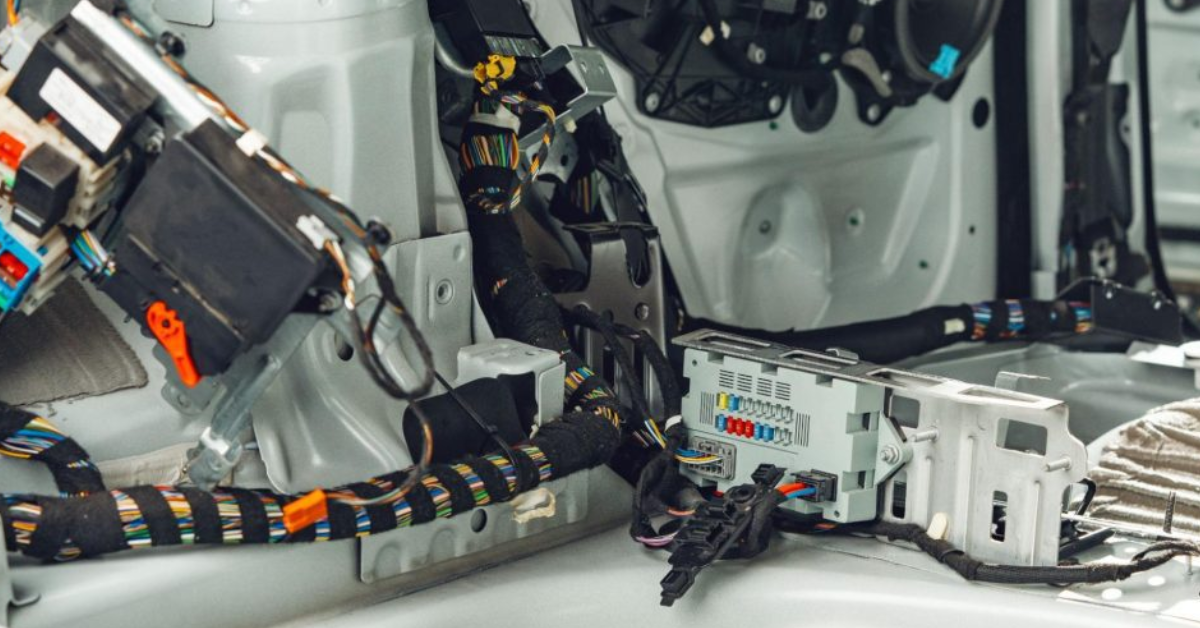
A short or open circuit in the wiring can disrupt how the TCM functions. These electrical faults interfere with signals shared between control systems. When circuits break or overload, the system can’t perform efficient or normal operation. That disruption is often what causes the code to be triggered.
Faulty Transmission Control Module (TCM)
A faulty TCM can fail to read or send accurate data to the PCM. This module monitors shifting activity and processes sensors that detect fluid pressure, speed, and more. When it breaks down, it impedes smooth operations. The reason the P0700 code appears is often due to this fault.
Engine Coolant Sensor Malfunction
A defective engine coolant sensor can send bad data to the control module. That affects how the engine’s powertrain adjusts to temperature, leading to poor shift timing. The PCM may misread these signals, triggering the code. Even though it’s not inside the transmission, it still impacts system function.
Dirty or Low Transmission Fluid
Dirty transmission fluid or low levels reduce the hydraulic pressure needed for gear changes. Without clean fluid, the system can’t maintain efficient flow. This causes erratic shifting and performance issues. Eventually, it results in the appearance of the P0700 or similar code.
Powertrain Control Module (PCM) Failure
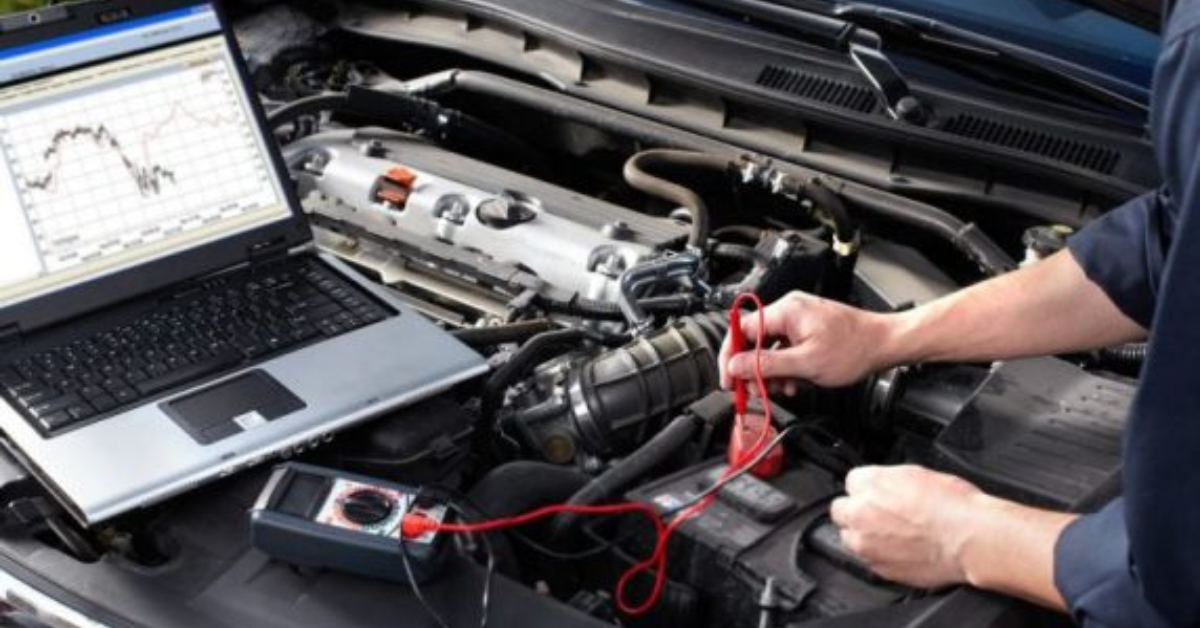
The powertrain control module (PCM) plays a key role in overseeing all transmission and engine functions. If it fails to maintain proper communication with the TCM, major faults occur. It no longer properly monitors or responds to sensors across the powertrain. This failure directly causes the P0700 warning.
When Should You Replace the TCM?
When diagnostics repeatedly reveal poor communication or mismatched signals within the transmission system, it’s often a sign that the transmission control module (TCM) is failing. These irregularities can disrupt data flow between components, causing the system to respond inaccurately or not at all. Technicians typically confirm the issue after testing signal output, voltage stability, and response times.
A failing TCM might cause symptoms like sluggish shifting, random gear selection, or a complete inability to change gears. While TCM replacements aren’t common, they become necessary when hardware circuits degrade or the module’s internal software becomes corrupted. Without a reliable TCM, the powertrain loses its ability to function as a synchronized unit, affecting drive quality and system safety.
Is It Safe to Drive with the P0700 Code?
Although the P0700 code doesn’t always result in a sudden breakdown, it’s a warning that the transmission system is no longer operating as intended. Continued driving in this state can increase the likelihood of mechanical wear, electrical faults, or sensor miscommunication. The longer the code is ignored, the harder it becomes to detect the exact source of the issue.
If the vehicle switches into fail-safe mode, you may feel limited acceleration or reduced gear responsiveness. This safety mechanism is designed to protect core components from serious harm. While it might allow for short drives, longer trips could escalate the damage. Getting a proper diagnosis done early can prevent more expensive repairs down the line.
How Does the TCM Work with the PCM?
The Transmission Control Module (TCM) constantly reads input from sensors across the drivetrain and uses that data to control gear shifting and pressure. It works in sync with the Powertrain Control Module (PCM), which handles overall engine behavior. Both modules rely on real-time information to maintain smooth operation and efficiency. If communication between them fails, system-wide performance may suffer instantly.
Their connection is handled over a high-speed CAN bus, which allows near-instant transmission of data packets between both modules. This connection ensures that even small changes, like throttle pressure or road incline, get addressed immediately. When either module becomes unresponsive, you’ll notice hesitation, harsh shifts, or dashboard errors. That’s why even a minor signal failure can trigger broad warning codes like P0700.
How to Fix the P0700 Code

Fixing the P0700 code takes more than guesswork—it demands patience and technical understanding of your vehicle. If you’re not a seasoned automotive DIYer, handing it over to a trusted professional is the safest move. Behind this code could be multiple layers of hidden problems, especially within the transmission system. Jumping in without proper prep could turn a minor issue into a costly mistake. The key is knowing when you’re ready and when it’s best to step back.
If you feel knowledgeable enough to tackle it, start by doing thorough research and gathering detailed repair guides. These documents can be incredibly helpful in understanding how to address faults and interpret trouble codes correctly. Always read through the system logic to find where the issue began. Whether it’s electrical or mechanical, each scenario is unique. Trust in accurate steps and use your findings to fix the root cause efficiently.
Frequently Asked Questions (FAQs)
How Do I Fix Error Code P0700?
To fix the P0700 code, begin by scanning the transmission system for related trouble codes. Inspect components such as the transmission control module (TCM), shift solenoids, wiring, and transmission fluid. Replace or repair any faulty parts to restore normal operation.
Can You Drive with a P0700 Code?
You can technically drive with a P0700 code, but it’s not recommended. The vehicle may enter fail-safe mode, limiting performance and gear shifting. Continued driving could cause additional damage to the transmission system, leading to costly repairs.
Can Dirty Transmission Fluid Cause a P0700 Code?
Yes, dirty or low transmission fluid can trigger a P0700 code. Poor fluid quality can interfere with hydraulic pressure and gear engagement, which affects how the transmission control module detects faults.
How Much Does It Cost to Fix a P0700?
The cost to fix a P0700 code varies depending on the root cause. A simple fluid flush might cost around $150, while TCM or wiring repairs can push the total above $1,200. A professional diagnosis helps estimate accurate repair costs.

Mian Hashir is a passionate automotive enthusiast and the lead author at Car Garagee, a website dedicated to providing in-depth car reviews, maintenance tips, and the latest news in the automotive world. With years of experience in the industry, Hashir combines his technical knowledge with a love for cars to deliver insightful and engaging content. Whether you’re a car owner or a curious reader, Mian Hashir’s articles help readers make informed decisions, from choosing the right vehicle to understanding how to keep it in top condition.

